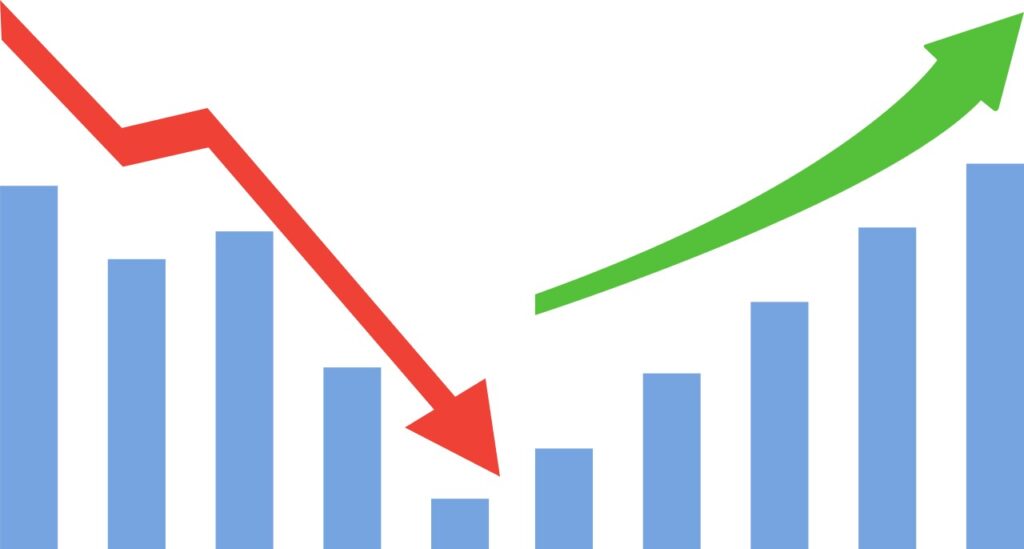Client Question: What is the VIX?
September 5, 2024
If you have been listening to the business news this week, you may have the same question a client did..what is the VIX and why is everyone talking about it?

The VIX is shorthand for the Chicago Board Options Exchange (CBOE)’s Volatility Index. It is a tool used to measure the expected volatility in the market.
If we split the term into its two words (volatility and index), we can look at it more closely.
Volatility reflects the amount of risk related to fluctuations in a security’s value. It is measured using the variance between returns from a security or index. High volatility would be indicative of a security whose price changes drastically in one direction or another over a short period of time. Low volatility would be the opposite (a security whose price holds steady over time)
There are three common measurements of volatility:
- Standard deviation – change in a security’s price over time (you may recognize this term from your stats class in college!)
- Beta – measures change in security’s price relative to the market (beta >1 is more volatile than the broader market, beta < 1 is less volatile than the broader market)
- Implied volatility – projected volatility, used to price options and predict volatility in a security in the future
Index is a more common term, defined as an “indicator, sign, or measure of something”
Thus the VIX is a way to measure volatility – more specifically the implied volatility of the S&P 500 (a main US equity index) over the upcoming thirty day period. Since its inception in 1993, it has become a key indicator of both market risk and investor sentiment.
The VIX is also known as a “fear gauge” as it tends to rise in times of uncertainty and larger than normal market fluctuations. Generally, a VIX above 30 is indicative of heightened volatility while a value below 15 is below average volatility.
While you cannot buy the VIX itself (since it’s an index), you can invest in it via various instruments like options or ETFs if you so wish (but as always, work with your advisor and consider the risks carefully)
The VIX has been in the news as of late as it is rising off of very low levels during the early part of 2024. This may be due to a variety of factors including seasonality, uncertainty over the election (now only 60 days away), and ongoing fears of impending recession. As of today, the VIX sits at 19.90 – not elevated but also not below average.
Hopefully this helps you better understand the VIX and allows you to use it to better gauge and navigate market volatility moving forward.
Leave a note